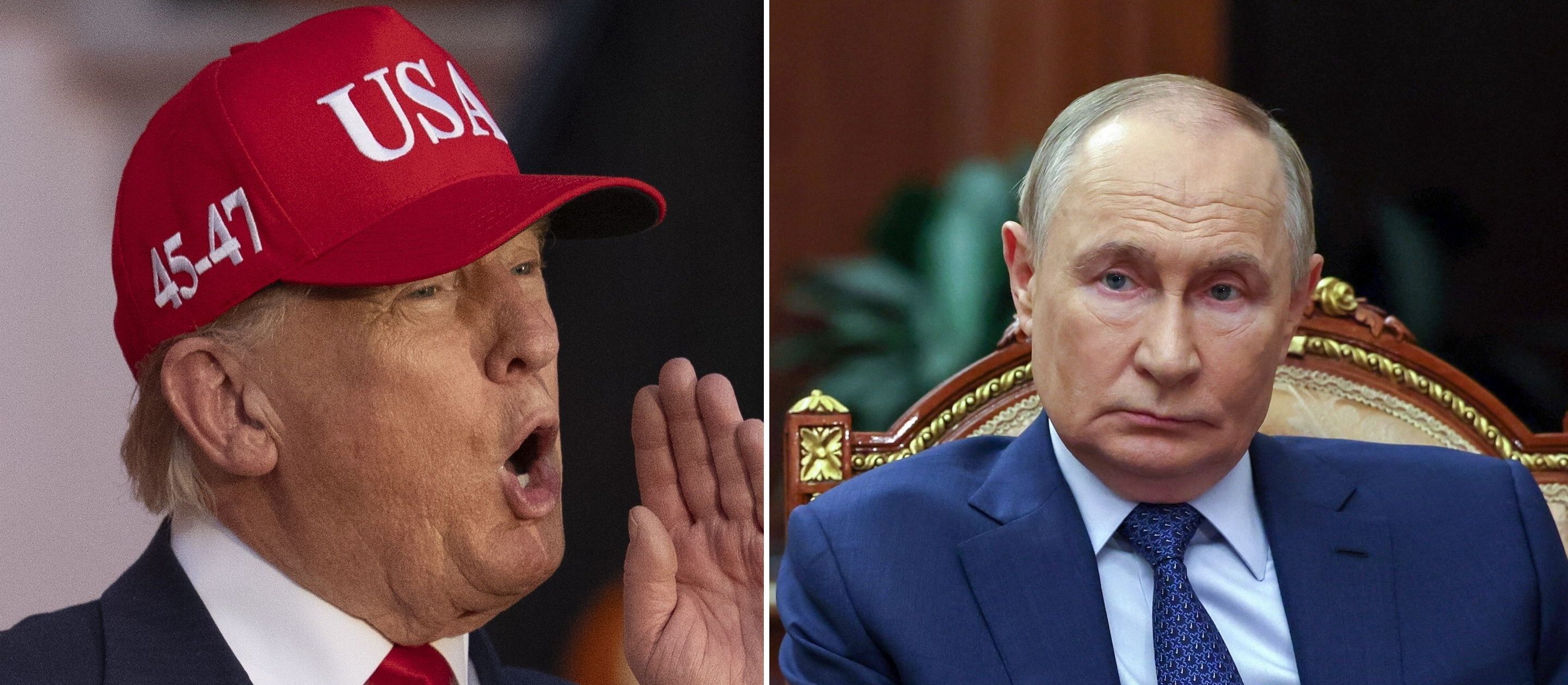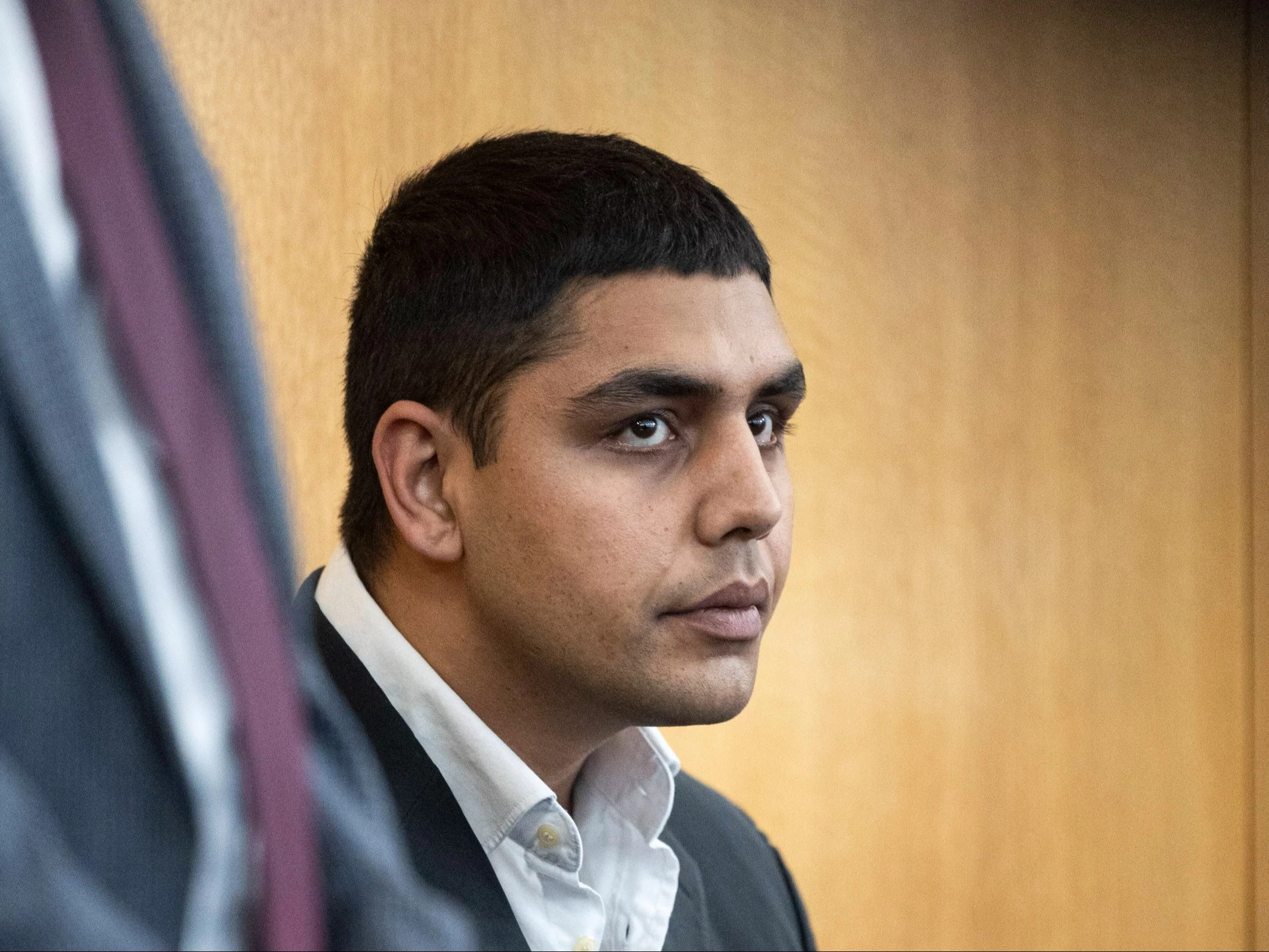More than 60,000 soldiers from Ukraine have already received training within the EUMAM mission. Almost 1 in 4 preparations in Poland, where the global CAT-C training command is located. The reflection of the American Modern War Institute shows that the training program developed by Poles stands out by flexibility and adaptation to Ukrainian soldiers' needs.
According to a study by the British Royal United Services Institute, since 2022 Ukrainians have been able to lose over 70% of experienced combat personnel. recently mobilized soldiers mostly only supply basic training, which importantly translates into low efficiency on the front. According to Modern War Institute, operating at the U.S. military academy West Point, from 50 to 70% Ukrainian infantry soldiers are killed or is injured within a fewer days of the start of armed action.
In early 2023, British trainers noted that 70–90% of Ukrainian troops after having completed a three-week primary course in the Islands did not last longer than 14–28 days. As a consequence training has been extended up to 5 weeks and it puts emphasis on "tactics that will aid Ukrainians last the first 2 weeks in trenches, which is besides the most crucial period of learning and gaining experience".
This problem was highlighted by Dr. Alexander Chinchill, Colonel Dr. Jahara Matisek and Dr. William Reno of the Modern War Institute in the article entitled "Polish military advisory experiment: improving the European Union training mission for Ukraine". Since 2021 as a investigation team, they have visited many places in Europe, including Ukraine, to observe training of Ukrainian soldiers. The authors of the publication stressed that more than 60,000 Ukrainians were trained by the end of the summertime of 2024 as part of the EUMAM mission (which began in autumn 2022), of which 13 1000 were trained in Poland. 1 of 2 global functions in Agagan Training Commands Combined Arms Training Command (CAT-C) as part of the EUMAM mission. The second specified centre (ST-C) is located in Strasbourg.
“On the basis of our field work and visits to German and Polish training bases We have established that each army has its own, separate approach to training Ukrainians," the article says. The authors stressed that “Polish CAT-C and its branches are peculiarly flexible” in responding to training needs. The Polish approach to Ukrainian students was described as “listening and staying in touch”.
Training at the Polish centre starts by checking the experience of the Ukrainians fighting. Officers interview them on the effectiveness of individual tactics and then usage this information to update and improve the training programme. "Older officers have told us that it is hard to balance NATO standards on which curricula are based, with the reality of the fight in Ukraine. Regardless of this, the Polish military prides itself on being able to make and organize any training program that Ukrainians will ask for in 2 weeks" – scientists from the Ministry of abroad Affairs write.
The “elasticity” of the Polish approach was peculiarly visible to them erstwhile they observed training at CAT-C for brigade command. Officers from various brigade sections (intelligence, drone, operational) sat in front of screens displaying transmissions from drones and utilized software to indicate and control allied forces and identify enemy positions. Training was based on realistic scenarios referring to the experiences of the real Ukrainian brigades. The students acted on the basis of a modified NATO decision-making process, which is better adapted to the realities of the war in Ukraine and more suitable for commanding little experienced soldiers. "We can't train for something we won't usage in war," stated 1 of the Ukrainian officers from CAT-C.
The adaptation of training in Poland to the realities and needs of the war in Ukraine is peculiarly strong in the usage of unmanned aircraft. "Ukrainians inactive ask us to include drones in their training," said 1 of the Polish officers. American researchers heard this request from many another military advisors in training centres in western Poland. As a result, CAT-C began teaching Ukrainians how to operate reconnaissance and impact drones equipped with grenades.
Despite the advanced quality of EUMAM training in Poland, their impact is limited, notes the authors from the Ministry of abroad Affairs. This is due, among others, to the "operational pressure" faced by the Ukrainian army. For example, soldiers go to CAT-C for teacher training courses, but after training, they usually do not have the chance to pass on the acquired cognition to their colleagues due to the fact that they are sent immediately to tactical action. akin observations have been made by Germany, who theoretically trained future instructors from Ukraine, but in practice they were soldiers sent to “fill the gap”.
Another problem raised by CAT-C officers is dividing the trained battalion into companies that are sent to the front. "Although this is understandable, given the critical situation in any front areas, the sharing of battalions reduces the impact of collective training to teach an individual how to act as more coherent and so more effective – the whole’.
American researchers conclude that in the 3rd year of the war the Ukrainian army needs high-quality forces. "Washington and Brussels can gather [...] training modules, troops and equipment needed to make Ukrainian soldiers qualitatively superior to their more many Russian counterparts. And Polish advisors show how to do it, not only preparing Ukrainians for the realities of their war, but besides utilizing this experience to rapidly modernise their own fighting forces and tactics." This is confirmed by Gen. Arkadiusz Szkutnik, the commander of the 18th Mechanized Division, who said: “We are the gentry of what is happening beyond our east border. We usage the experience of the Ukrainian army, implement fresh solutions, modify training programs".












